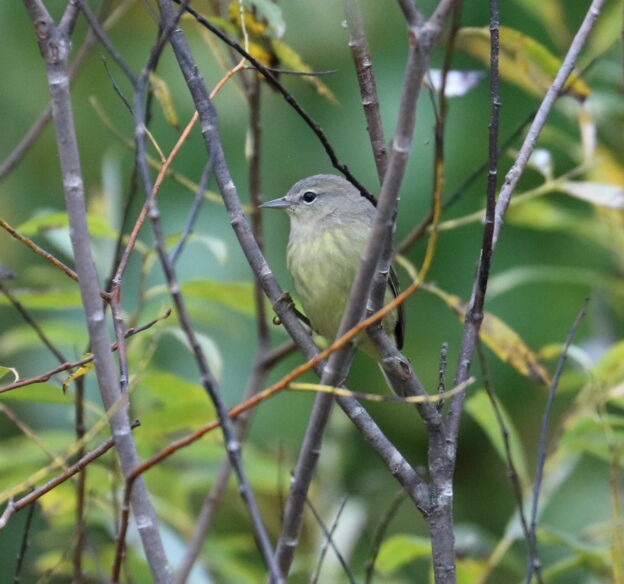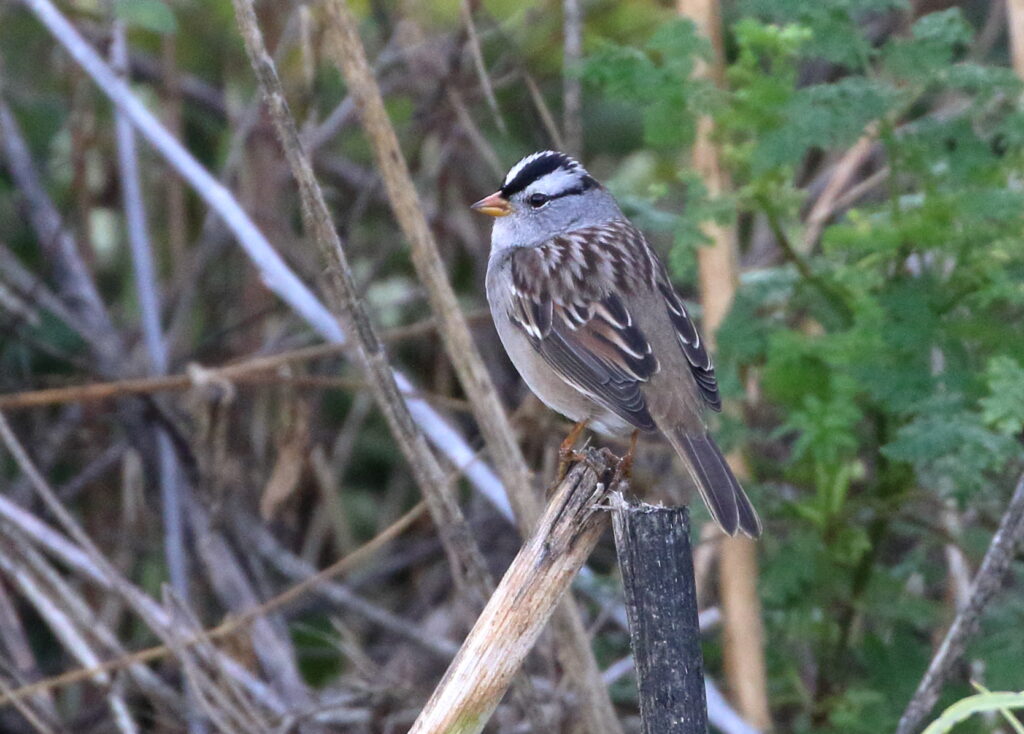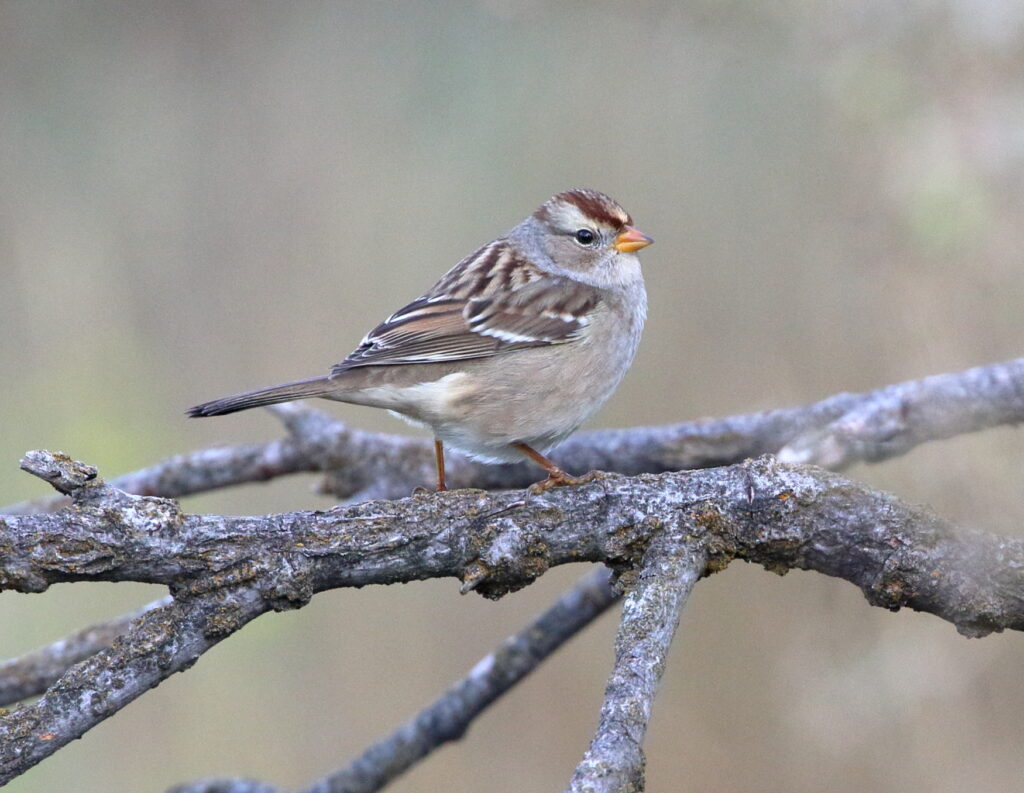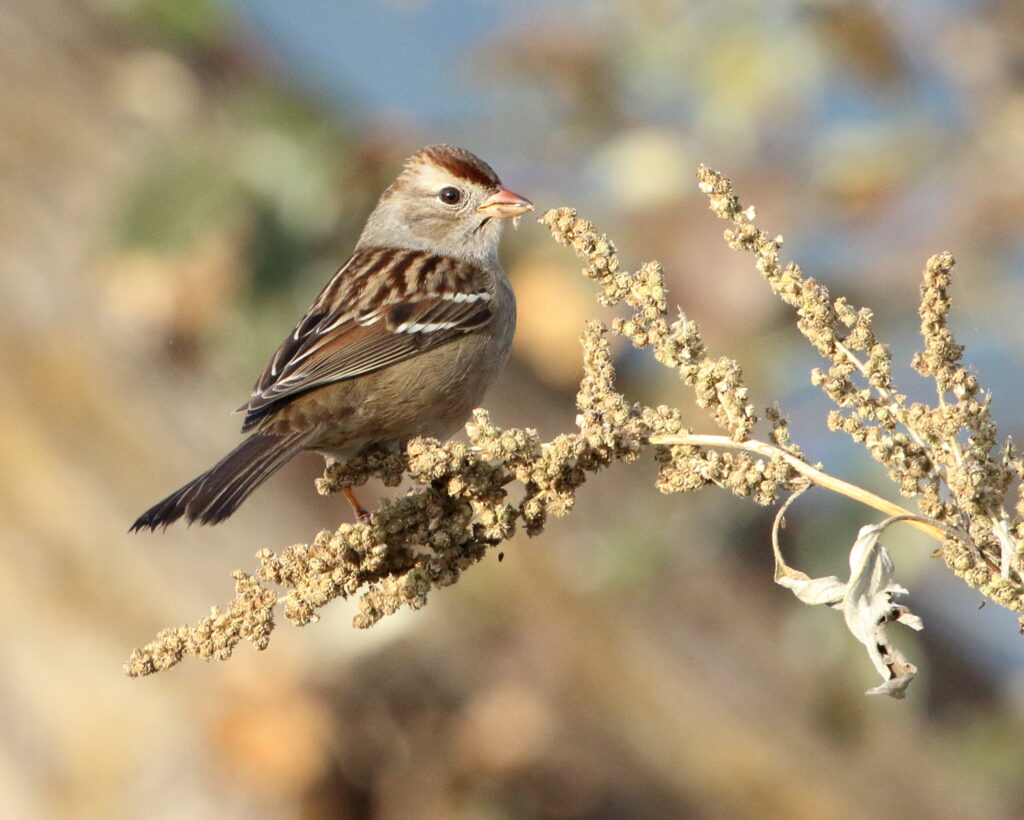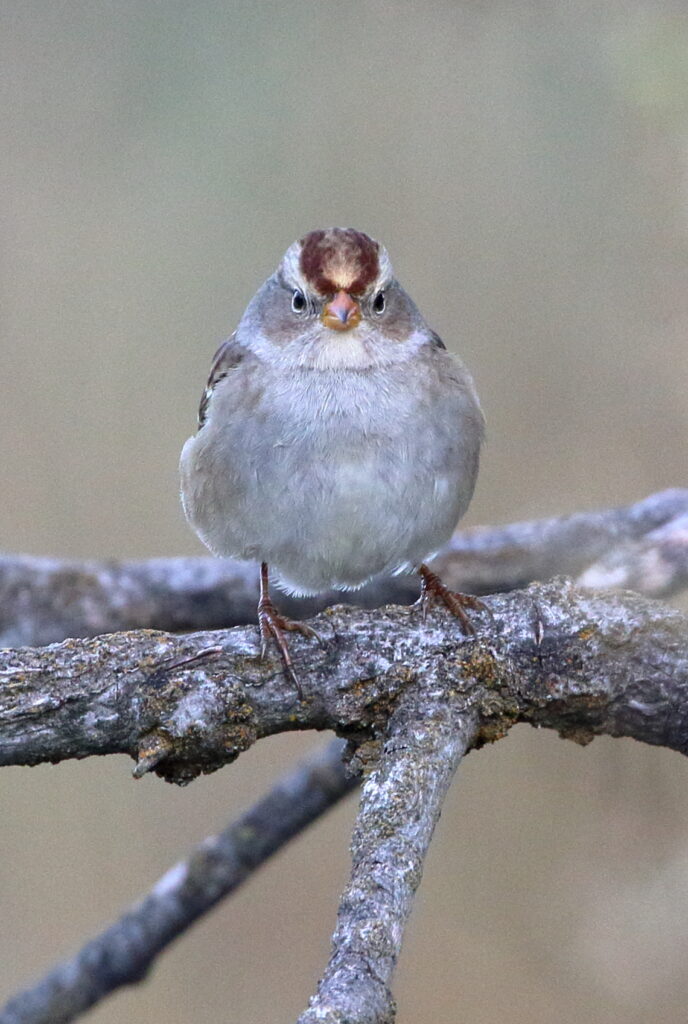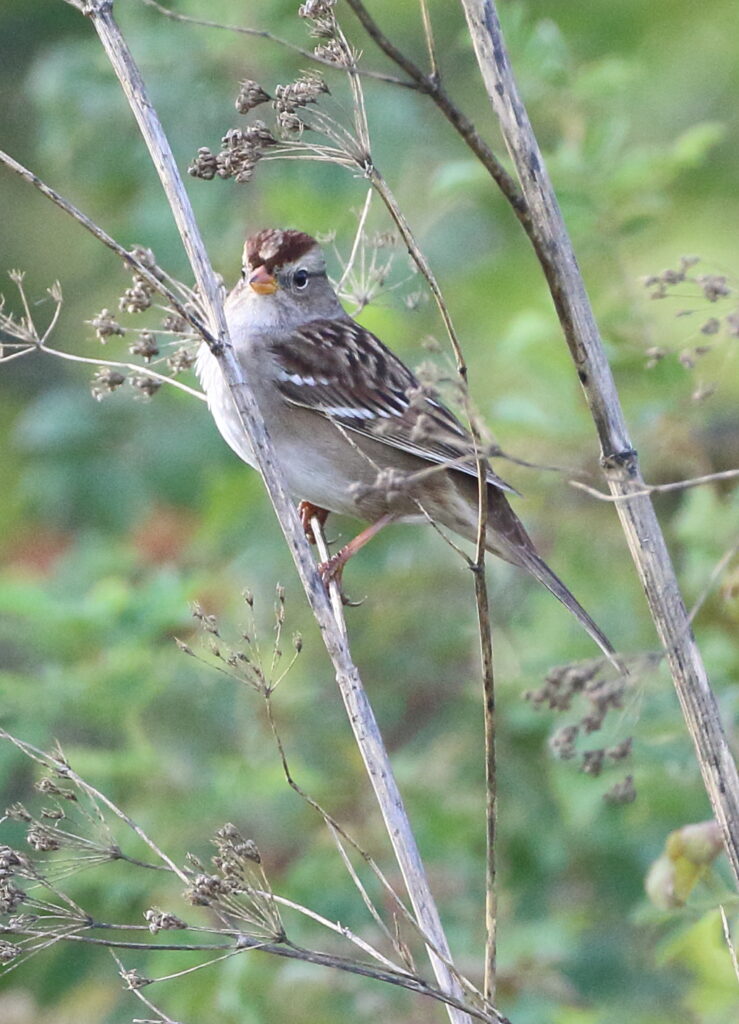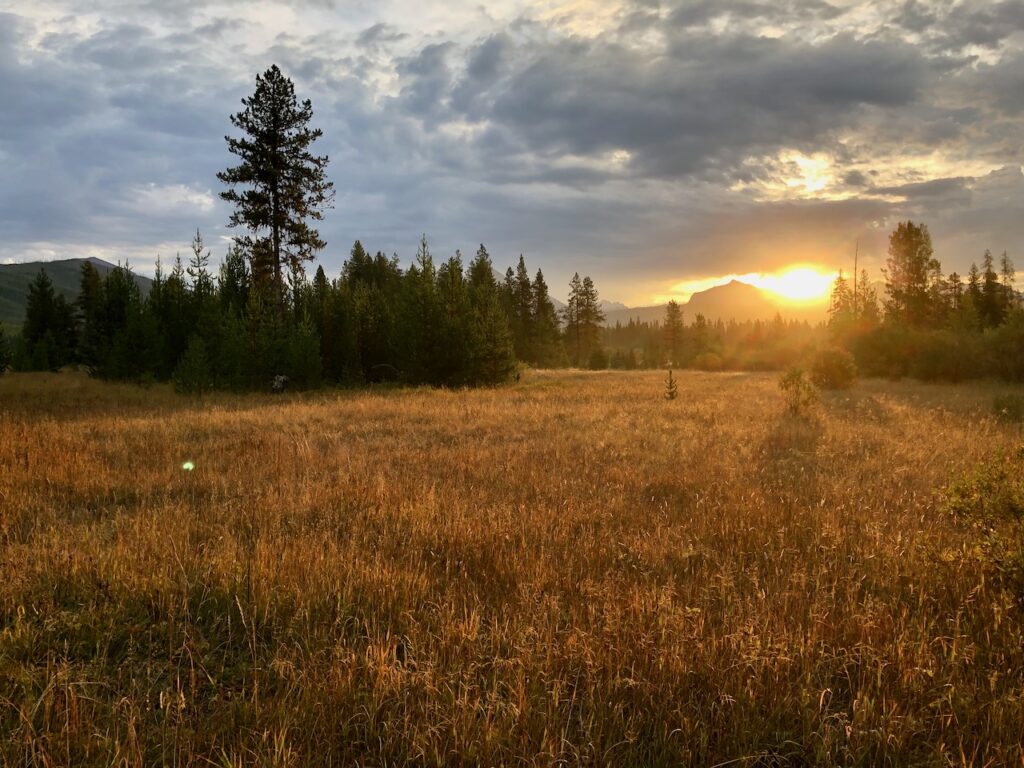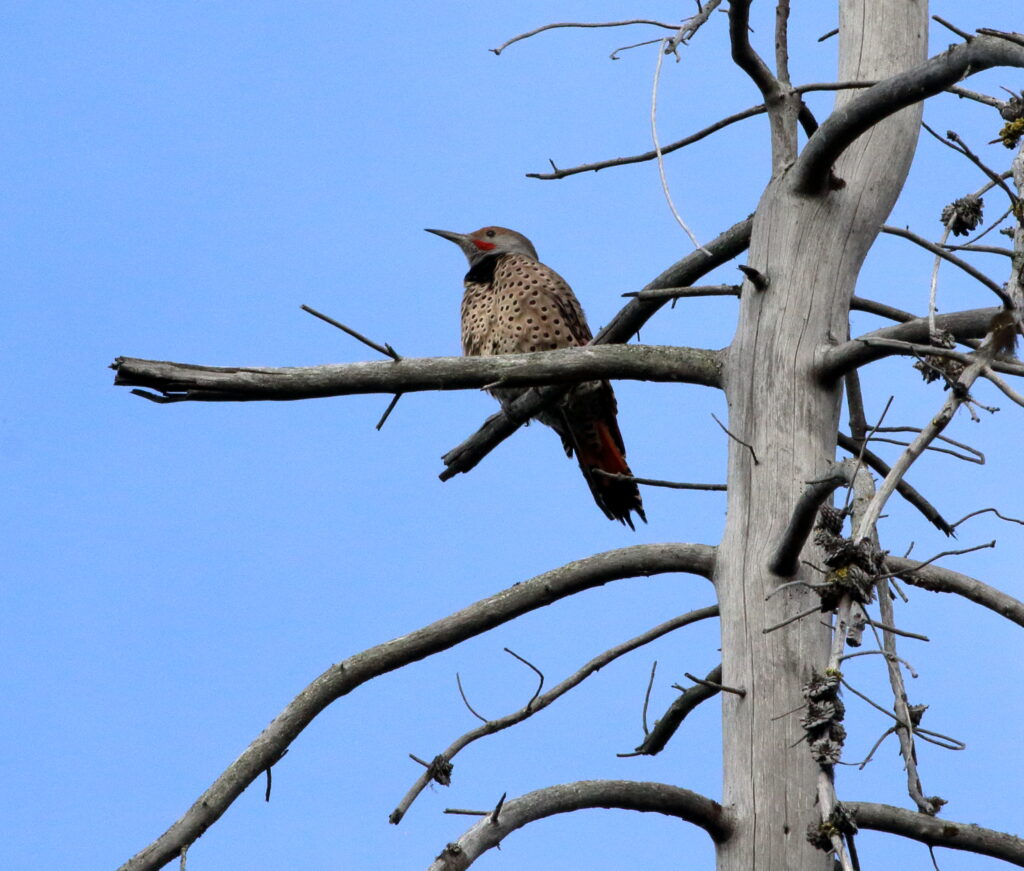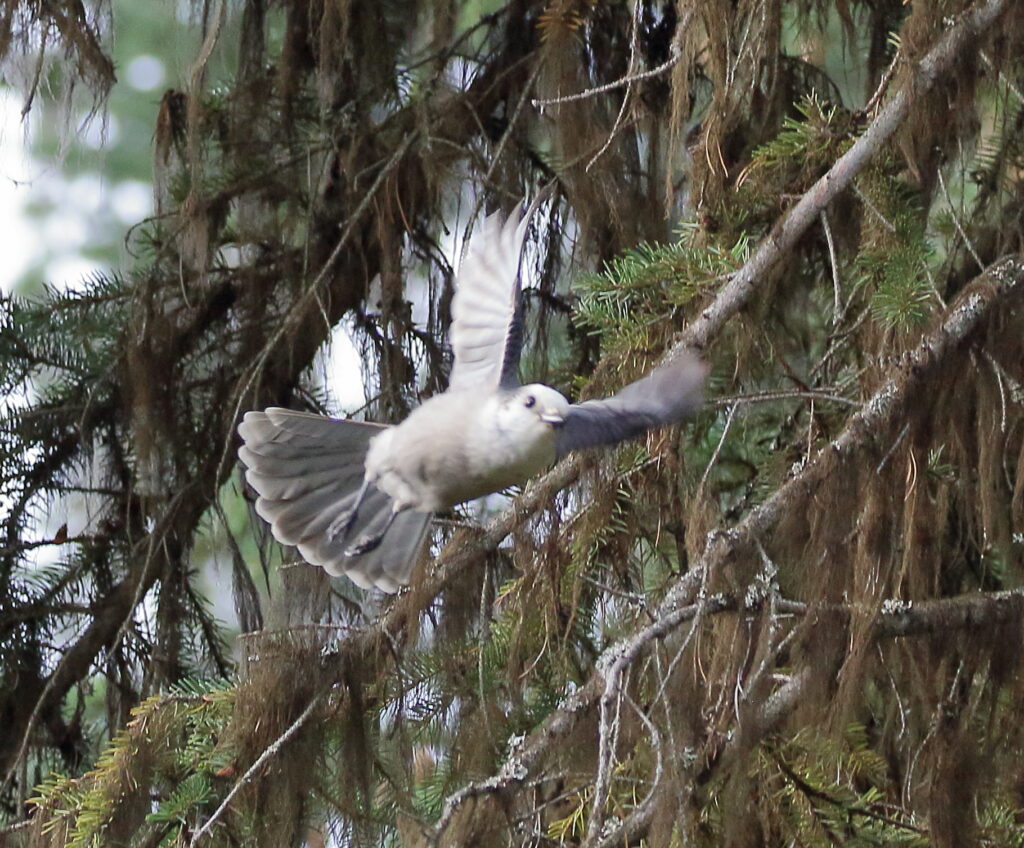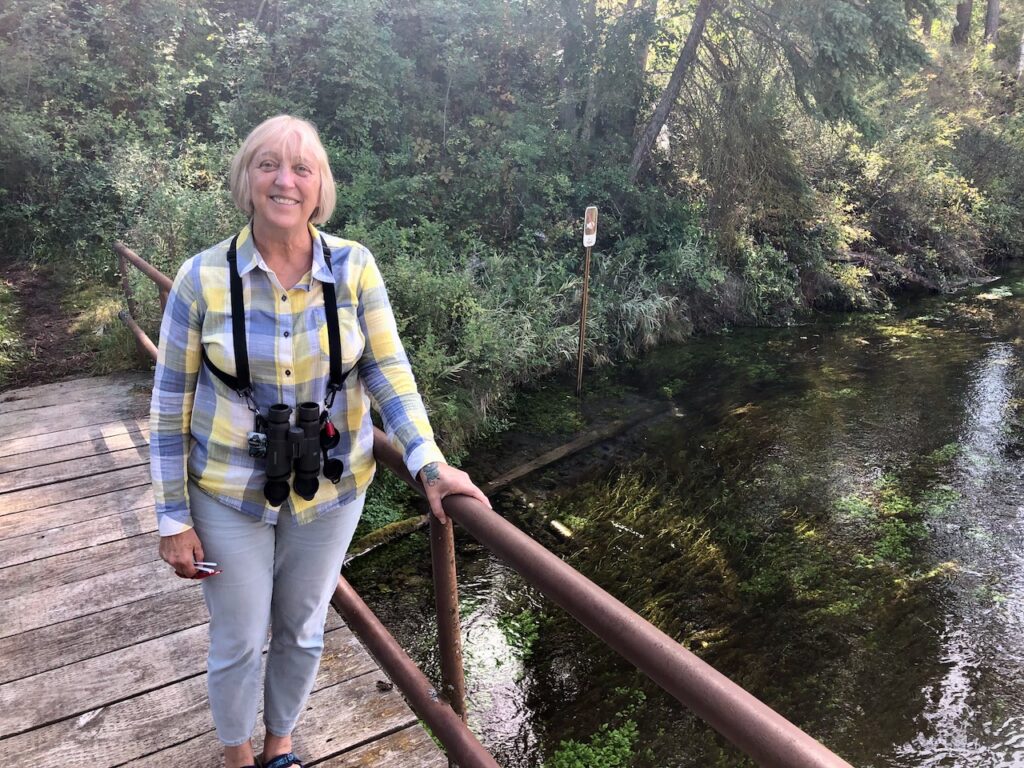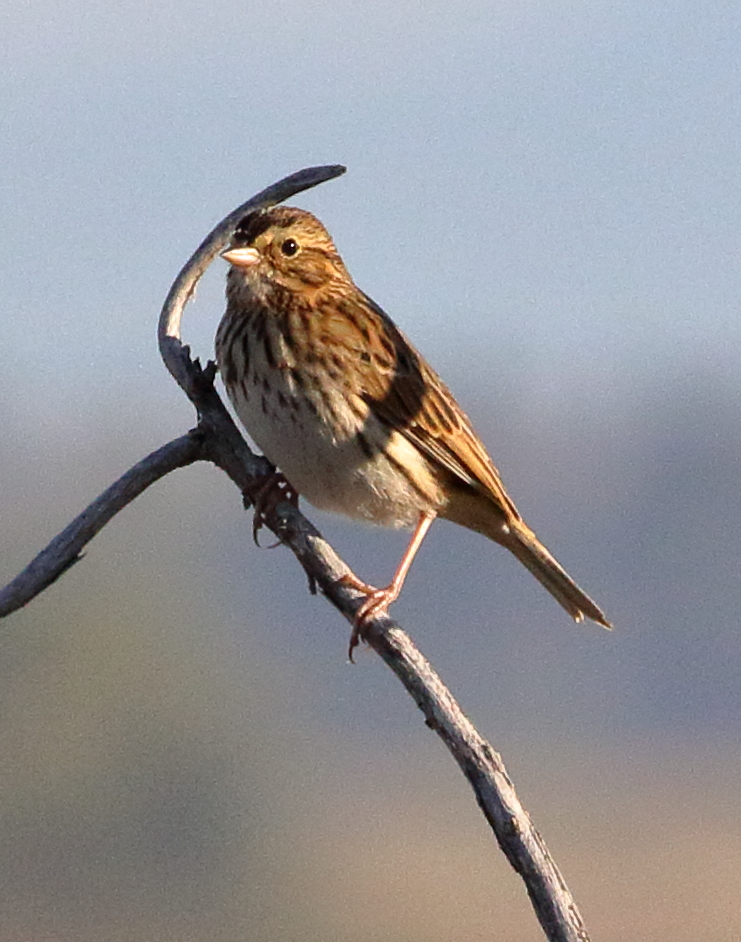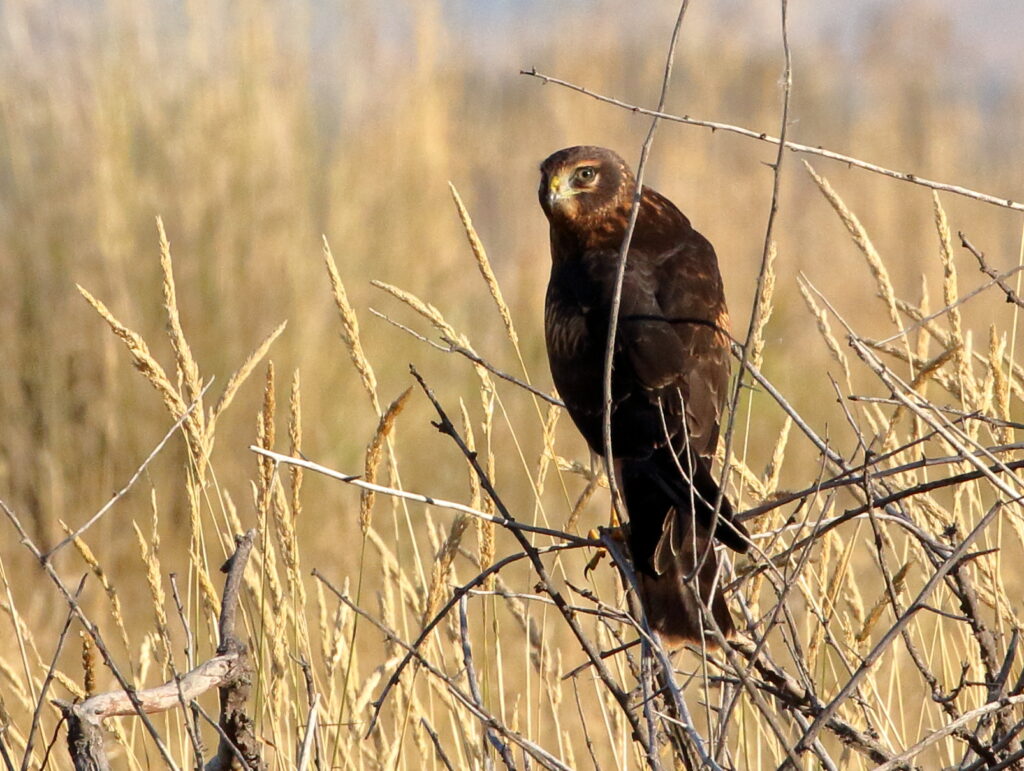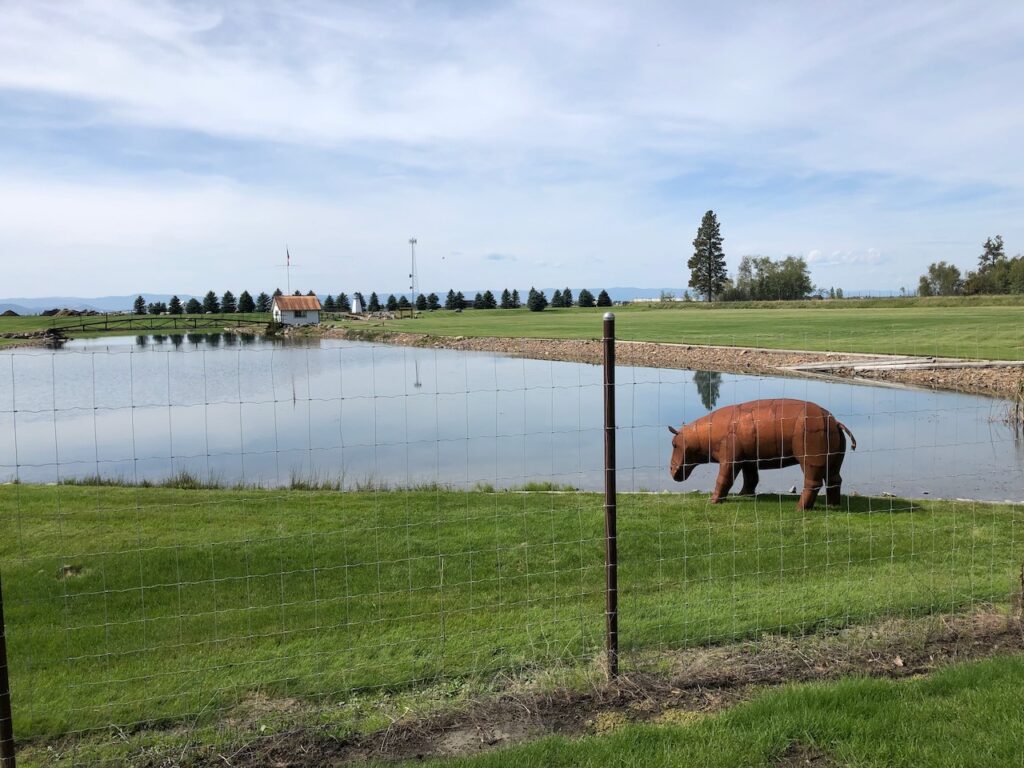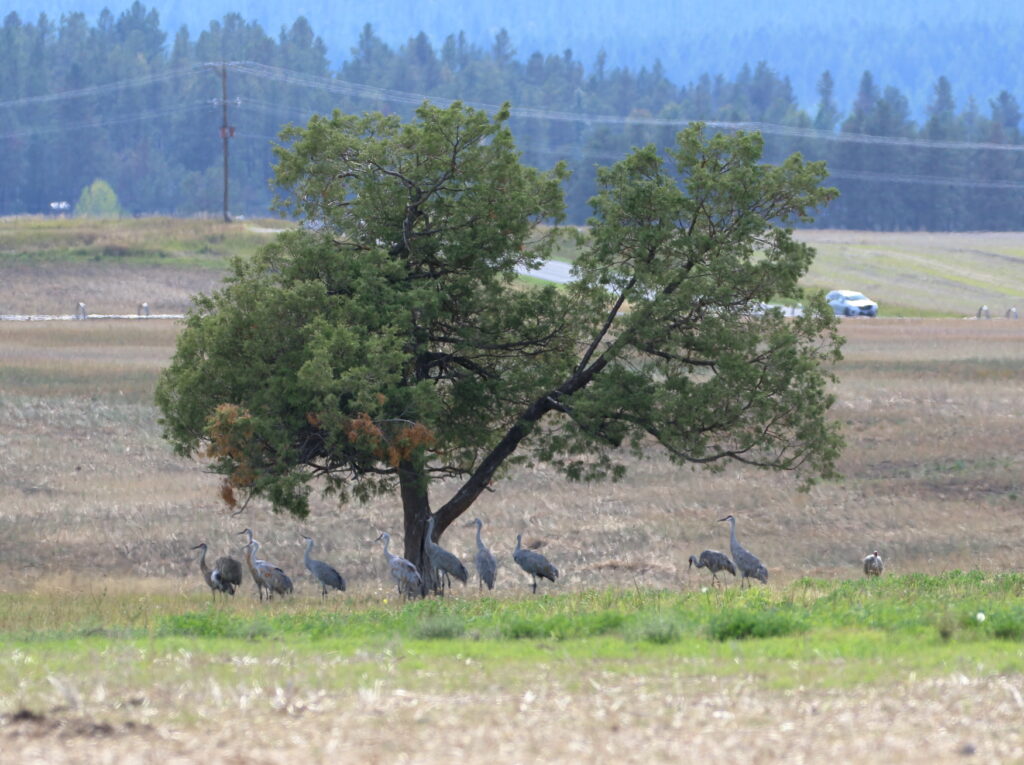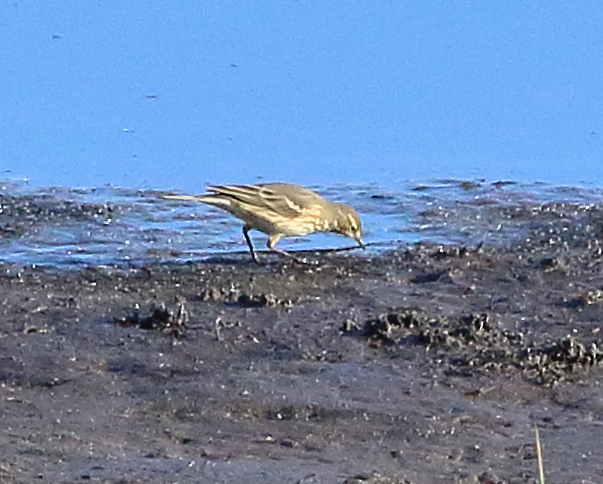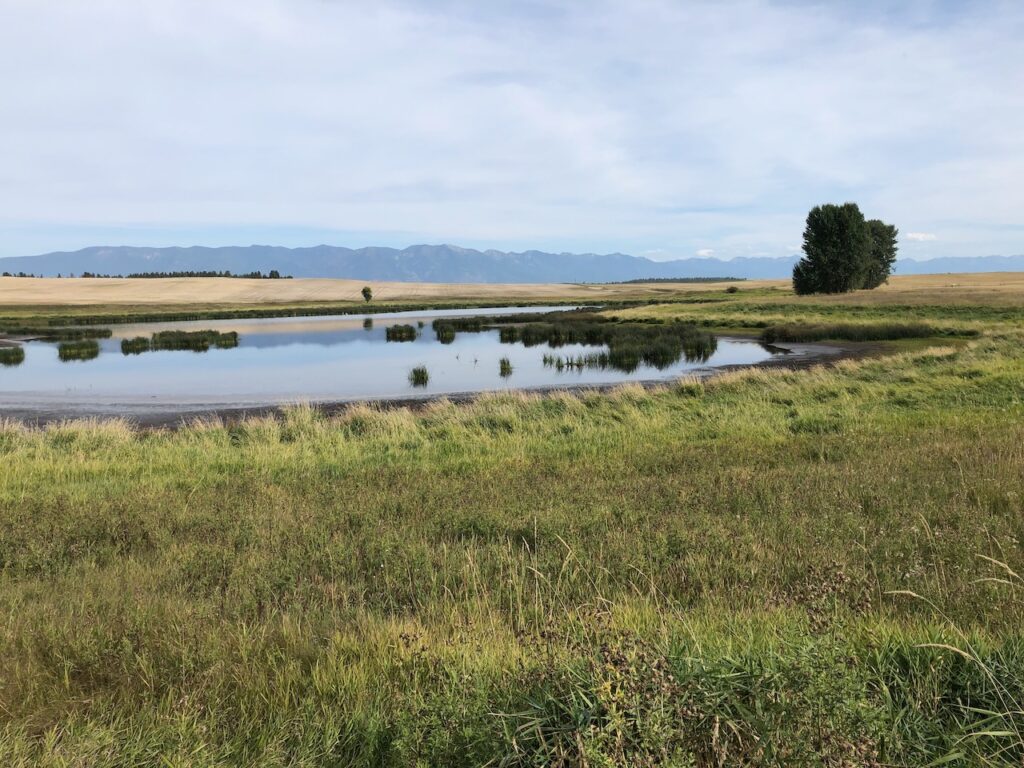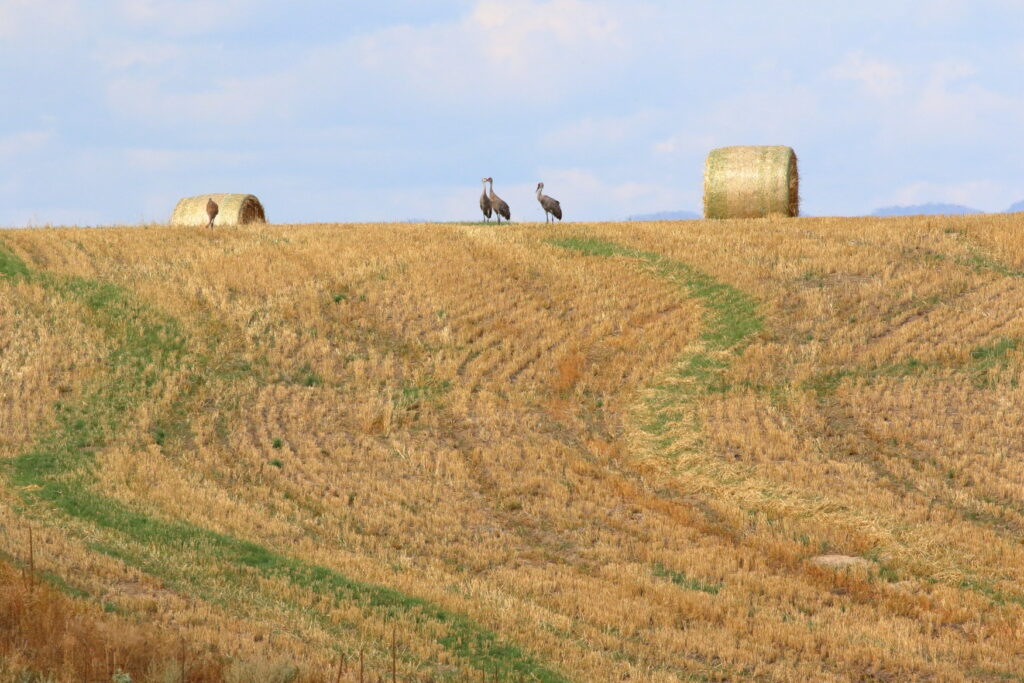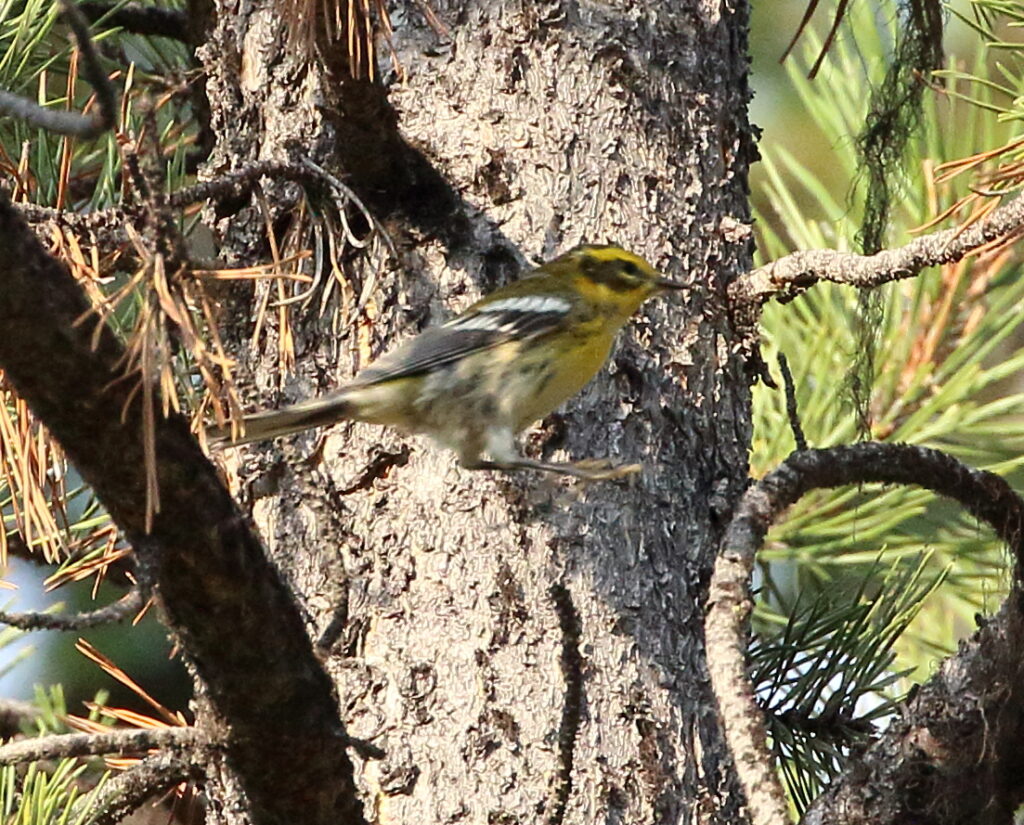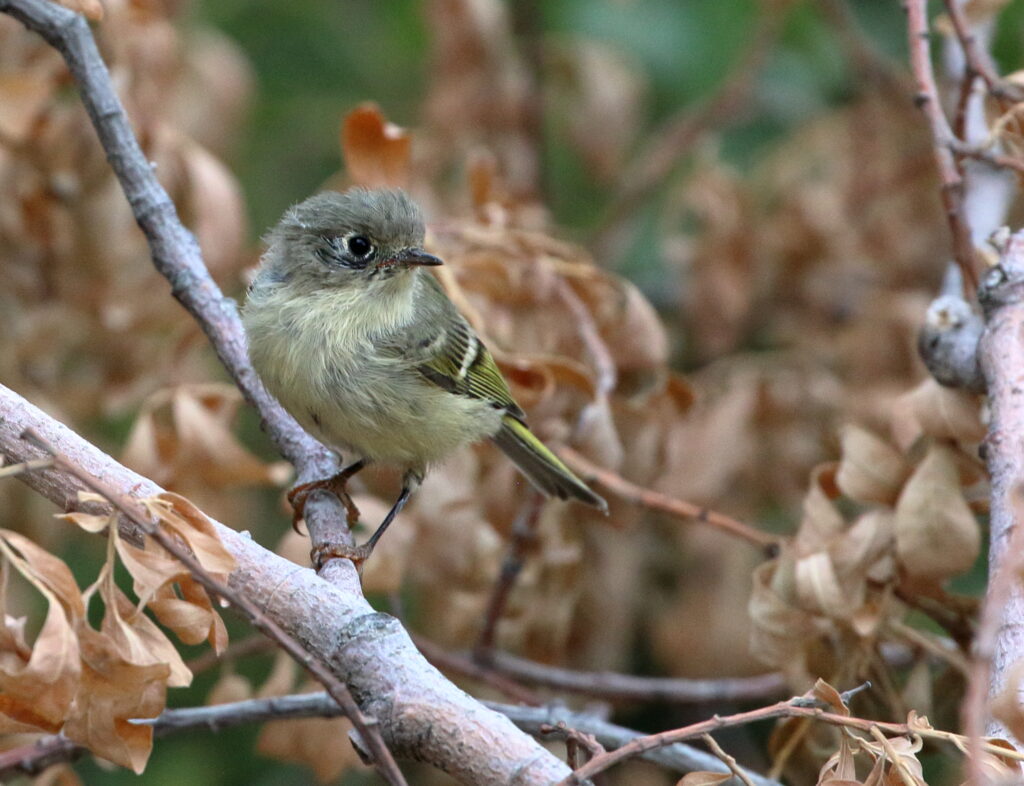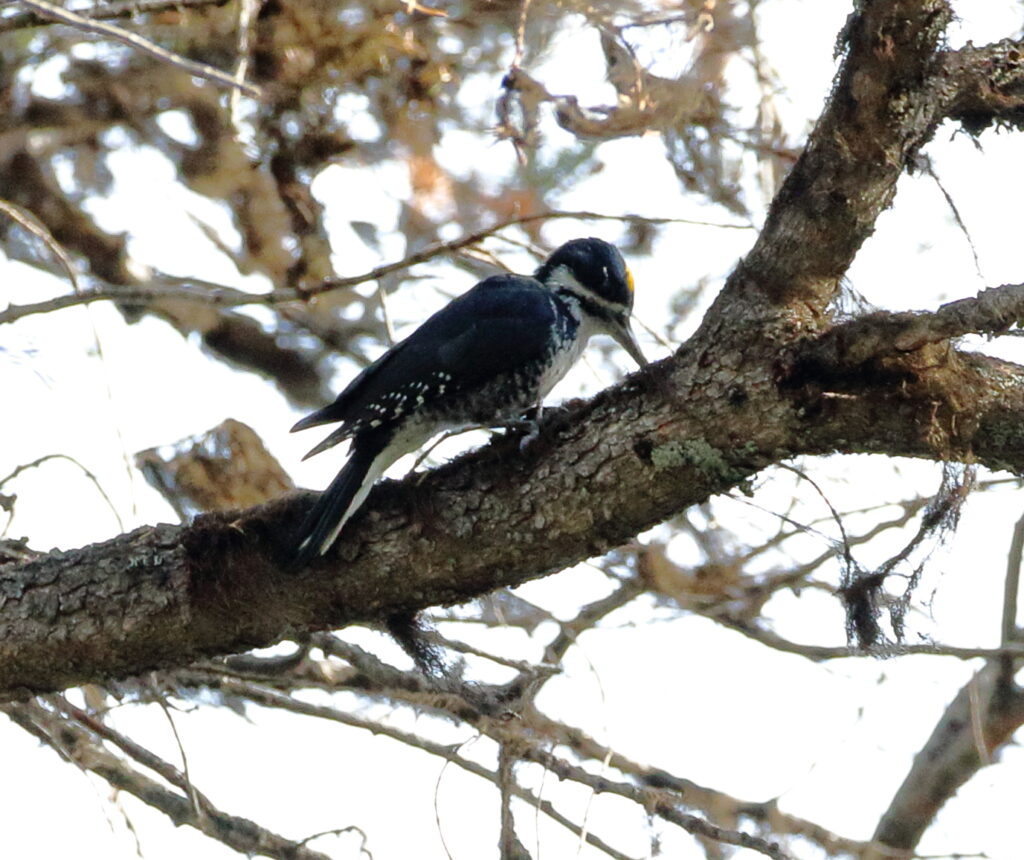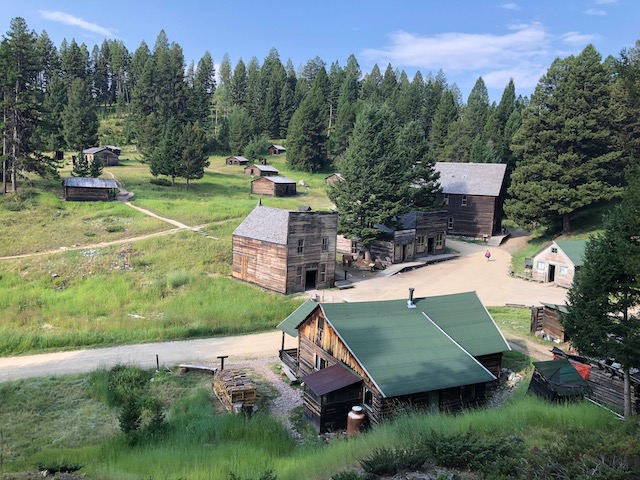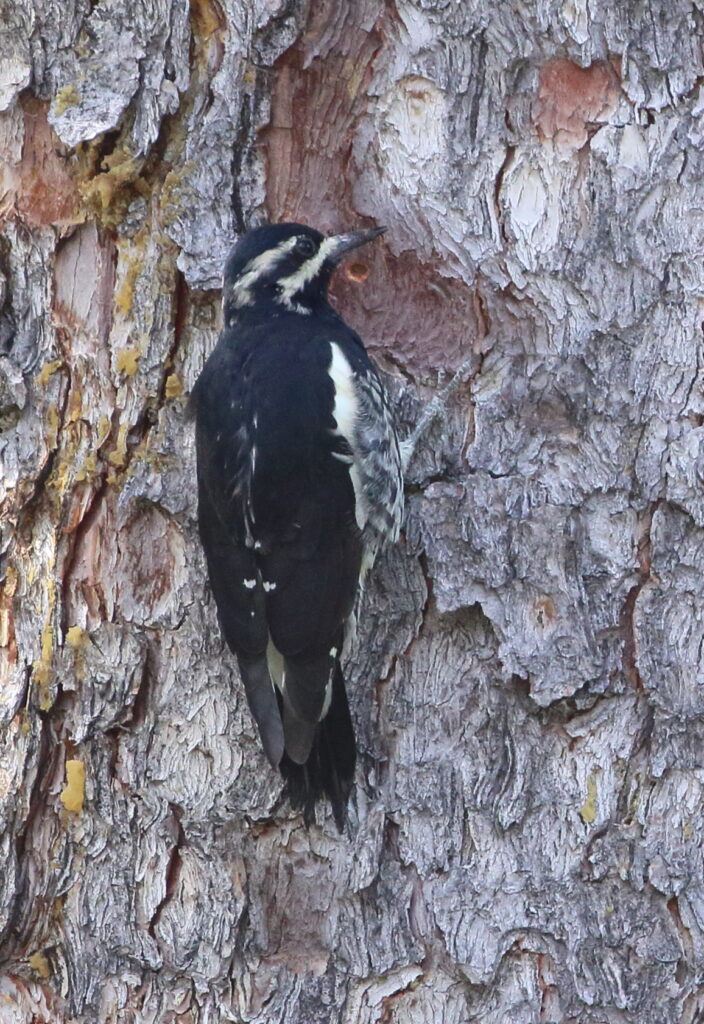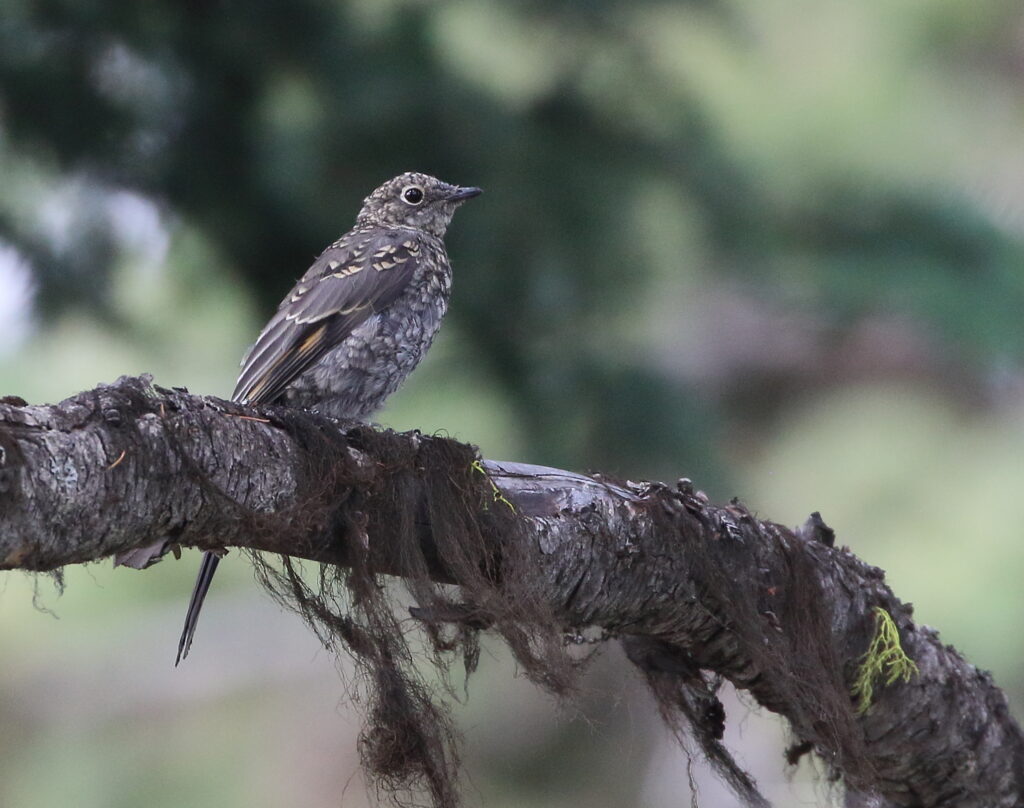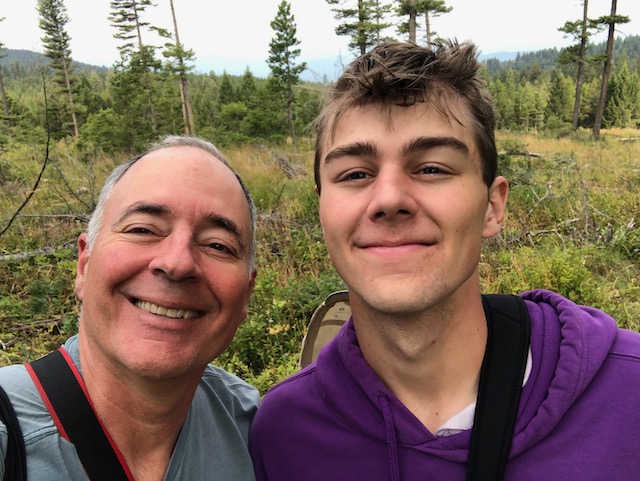Congratulations to Braden for having his first full-length article published, in the July/August 2023 issue of Bird Watcher’s Digest! The editor actually plucked the piece from our blog post “Montana Shorebird Surprise”! If you don’t already subscribe to BWD, I strongly encourage you to do so. It is packed with fun and interesting articles about all aspects of birds and birding—and honestly, magazines like this need our help to keep promoting bird conservation and foster our birding community. Learn more by clicking here. Meanwhile, enjoy Braden’s new fall migration report from Maine.
October, in Maine, is usually a major cutoff point for neotropical migrants. Warblers, specifically, seem to disappear from the state right around October 1st, having already moved through in large numbers in late August and September. Last year, I barely detected any warblers after the October curtain dropped, with my only species being Yellow-rumped and Palm Warblers (which are later migrants and do stick around until November) and two Tennessee Warblers that I worked my butt off to find on the first of the month.
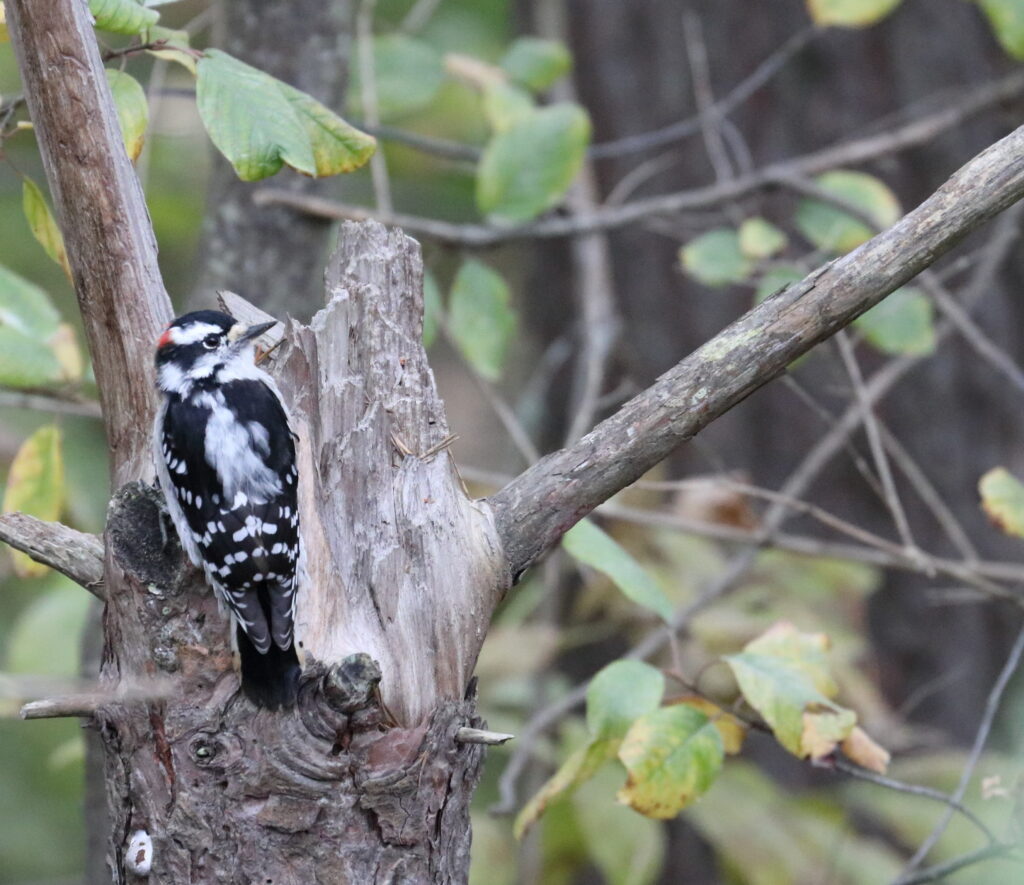
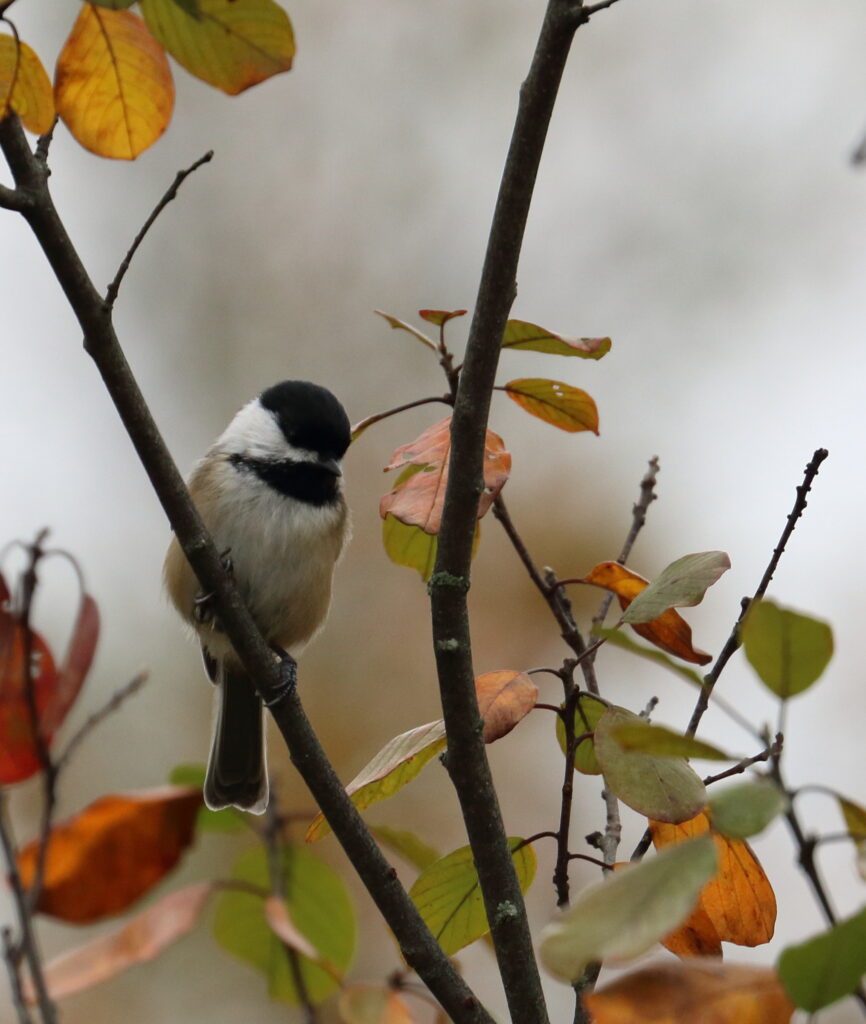
Because of this knowledge, I had no expectations when I hit the University of Maine Bike Path last weekend, October 7th. I had already birded the path several times this fall, once by myself (when I scored great looks at two Ovenbirds and a Canada Warbler, both of which were long gone by now) and once with the University of Maine Birding Club, which I had restarted in mid-September. This was the same path, though, that offered up American Woodcocks and American Bitterns in spring; the same place that hundreds of salamanders and frogs would migrate across on rainy nights in April. Unfortunately, none of those animals were active now, so again, I had no expectations and was pleasantly surprised to run into a flock of Yellow-rumped Warblers and other birds right off the bat.
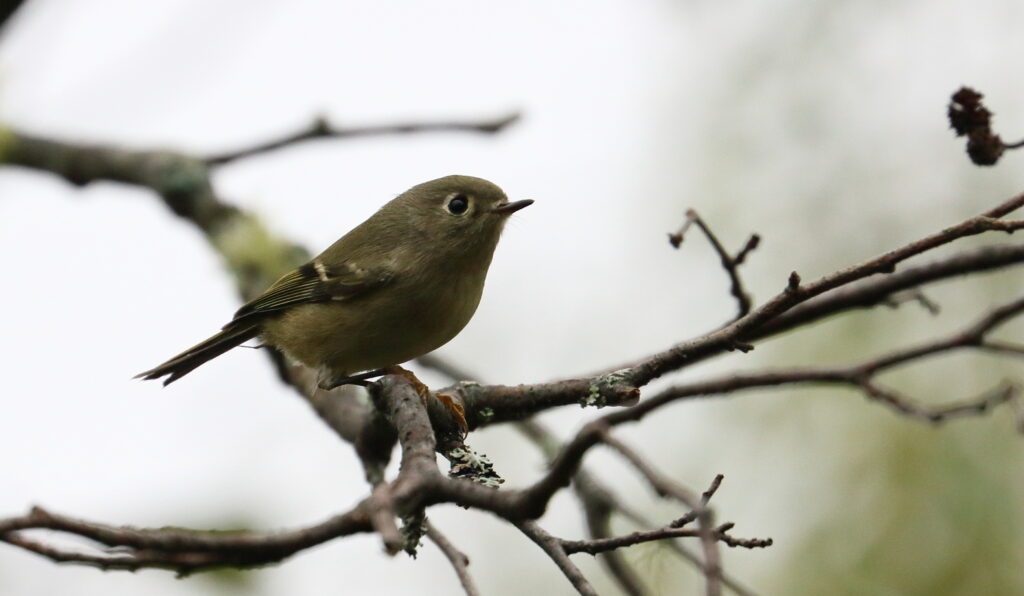
In fall, my birding strategy is to find the mixed flocks and sift through them until I’m reasonably sure I’ve identified all of the species. I did just this with the flock, finding a Palm Warbler, several Ruby-crowned Kinglets, and a Blackpoll Warbler in its drab, green winter plumage, adorned with orange feet. In terms of warblers, Blackpoll Warblers are one of the later migrants in Maine, and travel the farthest of any of the group, heading east from their boreal breeding grounds before flying south straight across the Atlantic Ocean to South America. I’d seen several in the Adirondacks this summer, in their spiffy black and white plumage, and it was nice getting to wave goodbye to them for the winter.
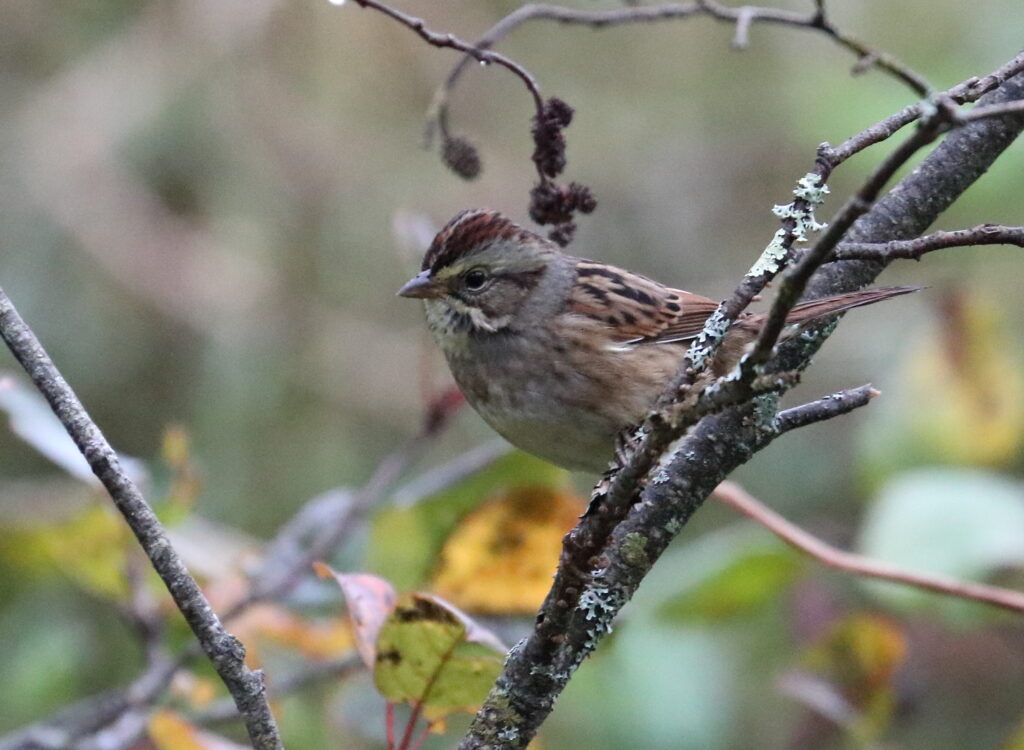
After pishing in a few more mixed flocks, I reached one of the the bike path’s main attractions—a large, weedy field, hosting tall goldenrod and other plants that reminded me of the Fort Missoula gravel quarry back home. This, like the gravel quarry, was Sparrow Central. I waded out into the grass, flushing flocks of Song and Swamp Sparrows into the bushes, from where they watched me carefully as I checked each and every one of them. Ruby-crowned Kinglets chattered from the aspens and birches lining the perimeter of the field, and I pished at them with every chance I got, searching for anything rare. Soon, amongst a group of White-throated and Savannah Sparrows, I spotted a smaller, more crisply-patterned sparrow hop up onto a bramble: the Lincoln’s I had been hoping for! My dad and I had gotten our lifer Lincoln’s Sparrows in fall, and while I had seen and heard many this summer between the Adirondacks and the joint Western Field Ornithologists and Colorado Field Ornithologists conference I attended in alpine Colorado, I still sought out these stunning birds every time the colors on the trees began to change.
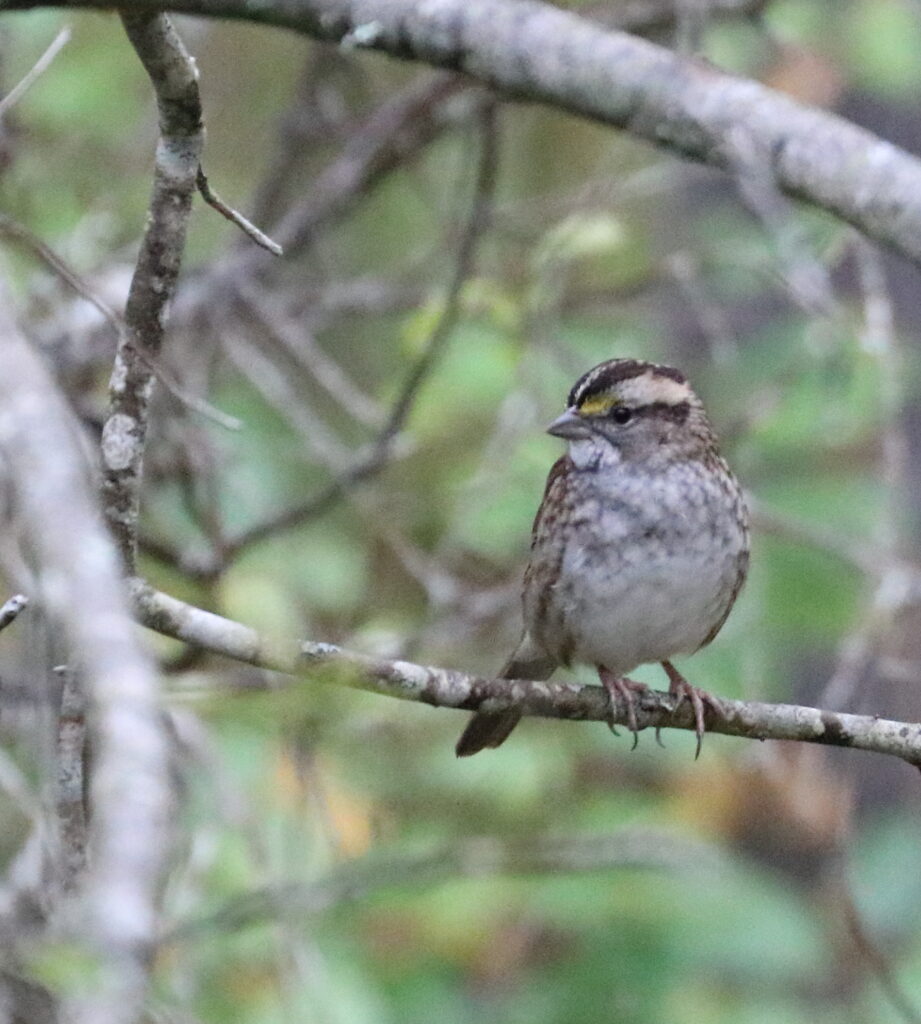
The Lincoln’s Sparrow abruptly disappeared as a small, yellow bird took its place: a Nashville Warbler, about a week after the last Nashville Warblers should have left for Central America! A few minutes later, in another horde of kinglets, I briefly spotted a Tennessee Warbler. Yay! The warblers were still here!
It wasn’t until I circled back over to the far end of the grassy field, however, that I found my real prize. As I sorted through yet another flock of kinglets and sparrows, I spotted it: a greenish, grayish warbler. Now, in Maine, in fall, this could describe just about every species of warbler since most have adopted relatively drab nonbreeding plumage. Nonetheless, I started checking off options in my head, narrowing it down.
The body was mostly green, with a green throat. That eliminated Palm, Pine, Nashville, Yellow-rumped, and any of the more colorful fall warblers. The head, meanwhile, contrasted with the green—it was slate gray, and the bird had broken eye-arcs. Those two features alone, plus a total lack of yellow or white, eliminated Blackpoll, Bay-breasted and Chestnut-sided. That left two species. Tennessee Warblers are easily identified in fall by their white vents (butt feathers)—but this bird’s vent was green. The bird I was looking at was one my dad has surely seen many times this fall and paid little attention to—an Orange-crowned Warbler!
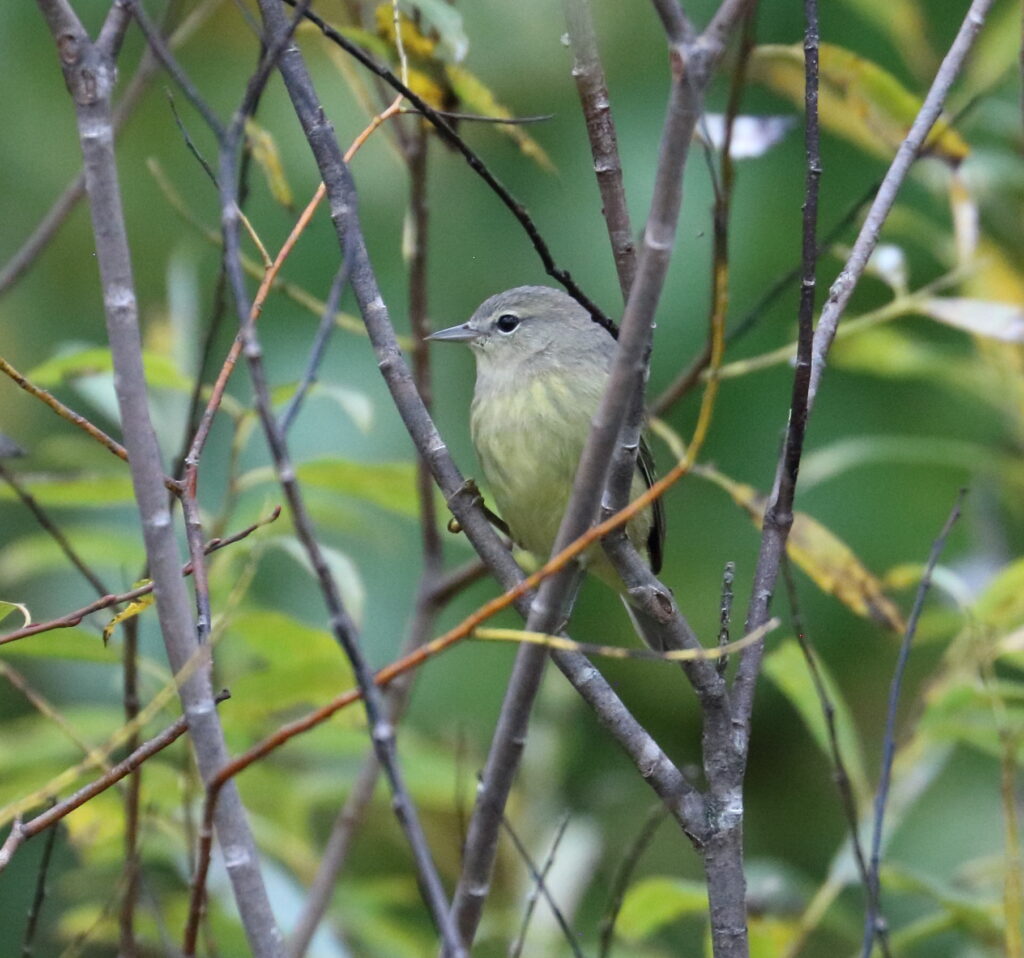
Orange-crowned Warblers are fairly common in most of the United States. They breed throughout the Rockies and are commonly seen in migration and winter across the country. They avoid Maine in migration, however, and don’t breed in the state, so this warbler is quite a rarity here! What’s more, early October is actually one of the best times to find them here, which is not the case for any other common Maine warbler. I celebrated for a moment before whipping out my camera to snap some photos of the bird, which I assumed I would need to prove that I’d actually seen it.
After the Orange-crowned Warbler moved on, I continued to walk the rest of the bike path, finding more flocks of sparrows, thrushes, and the occasional warbler. I even heard a few pipits fly over as I headed to McDonald’s for a respite from UMaine’s dining hall food. I’d had my best fall day of birding so far this year. Hopefully, more great birding was to come!

